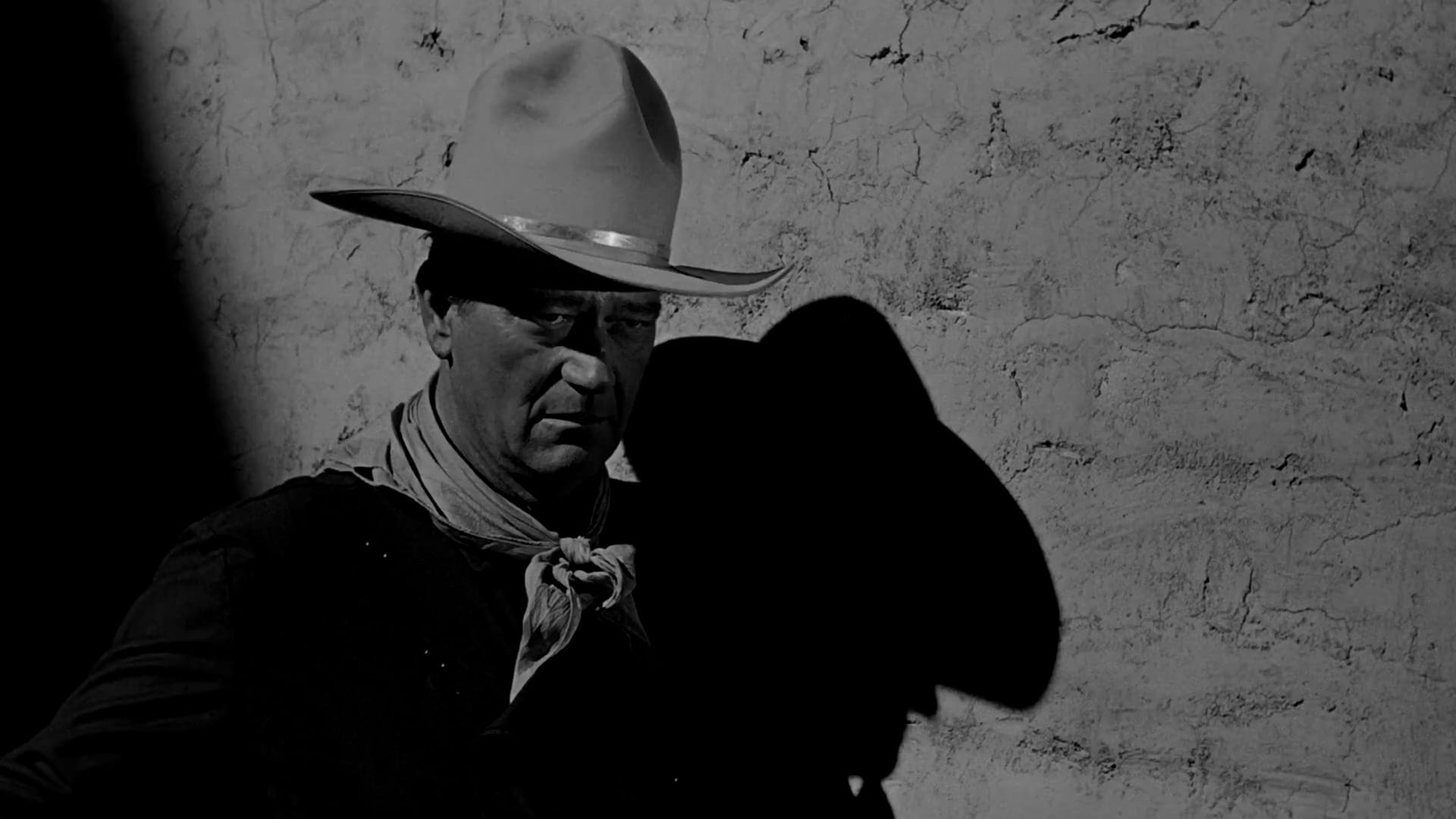PRINT THE LEGEND

“When the legend becomes fact, print the legend.”
I re-watched The Man Who Shot Liberty Valance last night, and as a deconstruction of the American psyche in its purest form, there are few better films. Adding to this is the fact that we are in the closing stages of a "consequential" election, making the themes of law and order, justice, and liberty seem as relevant today as they did back in 1962 when the film was first released.
There is a novelistic sophistication to the story that weaves its various themes together as expertly as any I can remember in the Western genre. Perhaps this has something to do with Dorothy M. Johnson, who wrote the original story from which John Ford adapted his film. Johnson was a voracious reader and a lover of the history of the Old West. She has been highly regarded as one of the most significant writers of Western fiction, contributing, most famously, A Man Called Horse (1950), The Hanging Tree (1957), and The Man Who Shot Liberty Valance (1949) to the canon.
So what is it, then, that gives this particular variation on Western tropes an extra degree of substance? In a word—principles. Both defined principles and the lack of them.
Between Ransom Stoddard (James Stewart), Tom Doniphon (John Wayne) and Liberty Valance (Lee Marvin), we find three archetypes of male identity: a man of noble principles (a lawyer), a pragmatic realist (a rancher) and a downright villain (an outlaw).
Through each of the men's individual motivations, we see how Stoddard wants justice for being attacked, driven by a legal sense of righteousness. Doniphon wants to secure a future with the woman of his dreams, Hallie Ericson (Vera Miles). Meanwhile, Liberty (ironically named) wants to instil fear to gain power over the townspeople of Shinbone for his own selfish gratification. In a sense, you could say that these three characters represent three stages of America's evolution post-Constitution in 1787: the primal, individualistic "every man for himself" mentality of the past, versus the more sophisticated upholder of the law, with the rancher (Doniphon) as a middle-ground figure who values the principles of the 'Old West' but recognises the inevitability of modernisation.
There is also the markedly relevant storyline of protecting the free press, represented by the semi-comedic character of Dutton Peabody, editor of The Shinbone Star. Peabody upholds his principles and his quest to report the truth more with the aid of booze than through his own convictions, but he still upholds them nonetheless—and nearly loses his life for them.
And what makes the film a tearjerker in the end is that we come to understand the principles Stoddard wishes to uphold come at a personal sacrifice for Tom Doniphon, who essentially loses his dream to support the more 'consequential' dream of Stoddard with its positive, beneficial repercussions for the wider community of Shinbone. In essence what we're left with is the idea of who is the true hero after the dust has settled on the curled up yellow pages of old newspapers. Who gets remembered in the history books, and who gets forgotten? Who wins the girl, and who dies alone?
Aside from the technical mastery displayed by Ford with his crew, the script, and his actors, there is a sense that with Liberty Valance, we have a perfect bookend to where Ford began with John Wayne in 1939's Stagecoach. There is even significant use of a stagecoach as a visual motif in Valance, symbolizing its gradual obsolescence due to the industrialization of transport in America. The stagecoach, like the Old West represented by Doniphon, is now becoming a ghost of the past.